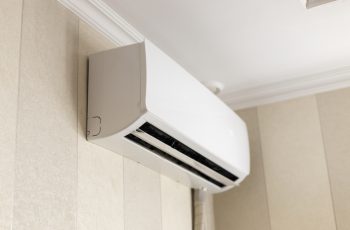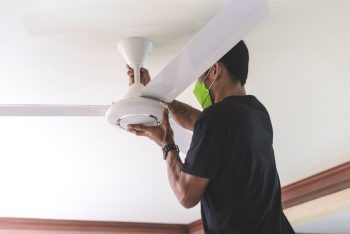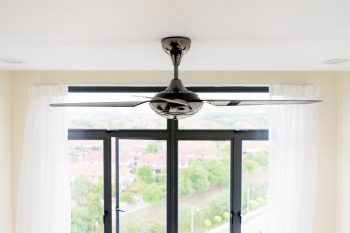
In this comprehensive guide, we’ll delve into the process of tightening a washing machine drum, a task that can seem daunting but is entirely achievable with the right knowledge and tools. We’ll cover everything from diagnosing a loose drum to the step-by-step tightening process and the benefits of maintaining a well-tightened drum. So, whether you’re a DIY enthusiast or a homeowner looking to save on repair costs, this guide is for you.
Tightening a washing machine drum involves checking the machine’s level and adjusting its legs if necessary, inspecting and tightening the drum screws, and replacing worn dampening straps, suspension springs, or shock absorbers. Always remember to unplug the washing machine and turn off the water supply before starting. It’s important to not over-tighten the screws to avoid causing damage. If you’re unsure about any step, consult a professional.
Identifying a Loose Washing Machine Drum
Before you can tighten a washing machine drum, you first need to diagnose if it’s loose. A loose drum can present several signs:
- Grinding Noise: If your washing machine makes a grinding noise while turning, it could be an indicator of worn bearings.
- Excessive Movement: Place your hand inside the machine and push against the top of the drum. If the drum moves away from the door seal significantly, it could indicate that the bearings need replacing.
- Loose or Wobbling Drum: A loosened or wobbling drum may be caused by problems with the inner tub or the tub bearing.
- Loud Noise and Reduced Performance: When the bearings wear out or break, the washer produces a loud noise, and its performance is reduced.
Tools Required to Tighten a Washing Machine Drum
Arming yourself with the right tools is vital for this task. Here’s what you’ll need:
- Wrench
- Pliers
- Spirit Level
Step-by-Step Guide to Tightening a Washing Machine Drum
Follow these steps to tighten your washing machine drum:
- Check the washing machine’s level: Ensure that your washing machine is level by adjusting its legs and using a spirit level. Turn the metal legs clockwise to shorten them and counterclockwise to lengthen them. If the washing machine isn’t leveled, the drum may become loose.
- Inspect the drum bearings, shock absorbers, and suspension rings: Check for damage in these components, as they can cause a loose washing machine drum.
- Tighten the drum screws: Remove the rear panel of the washing machine to access the screws holding the drum. Tighten any loose screws and reattach the rear panel.
- Replace worn dampening straps, suspension springs, or shock absorbers: If any of these components are worn or damaged, replace them.
Precautions to Take While Tightening a Washing Machine Drum
While tightening a washing machine drum, it’s essential to take some precautions:
- Always unplug the washing machine before you start working on it.
- Turn off the water supply and disconnect the hoses.
- Be careful not to over-tighten the screws as this can cause damage.
- If you’re unsure about any step, consult a professional to avoid causing further damage.
Benefits of Maintaining a Well-Tightened Washing Machine Drum
Maintaining a well-tightened washing machine drum has several benefits:
- Improved performance
- Longer lifespan
- Reduced noise and vibration
- Prevention of damage to other components
- Enhanced efficiency
In conclusion, tightening a washing machine drum can significantly improve your machine’s performance and lifespan. The process might seem complex at first, but with this guide, you’ll be well-equipped to tackle the task. However, if you’re unsure about any step, it’s always best to consult a professional. Happy washing!
Frequently Asked Questions
What are the drum bearings in a washing machine?
Drum bearings are small metal balls, housed within a circular race, that help support the drum and allow it to spin with minimal friction. They’re a critical component in washing machines.
How do I know if the drum bearings need replacing?
If your washing machine is making a grinding noise or the drum moves away significantly from the door seal when pushed, it could indicate that the drum bearings need replacing. You may also notice a leak from the rear of the washer. It’s always best to consult a professional if you suspect the bearings are worn out.
What is a spirit level and why is it needed?
A spirit level is a tool used to check whether a surface is level or plumb (vertical). It’s essential for ensuring that your washing machine is perfectly level, as an unlevel machine can cause the drum to loosen over time.
What are dampening straps, suspension springs, and shock absorbers?
Dampening straps, suspension springs, and shock absorbers are components that help stabilize the washing machine drum. Dampening straps help absorb the movement of the drum, suspension springs support the tub, and shock absorbers reduce vibrations. If these components are worn or damaged, they can contribute to a loose drum.
Can I tighten the washing machine drum myself, or do I need a professional?
While the process of tightening a washing machine drum can be a DIY task, it does require some mechanical knowledge and the right tools. If you’re unsure about any step or if the problem persists after you’ve tightened the drum, it’s best to consult a professional.












